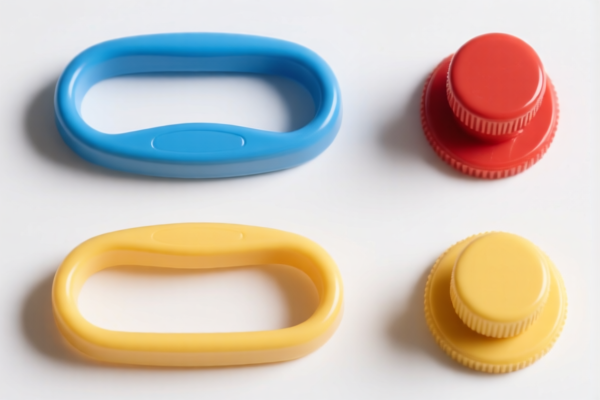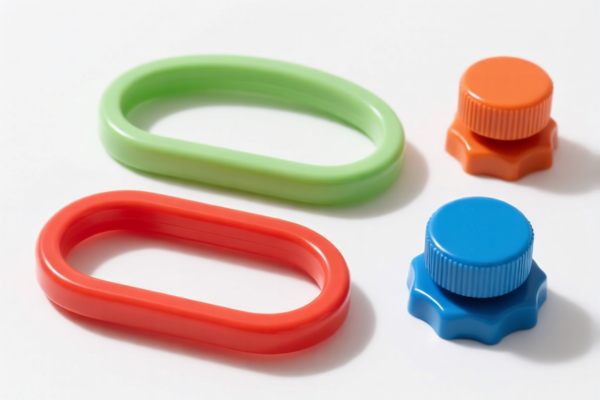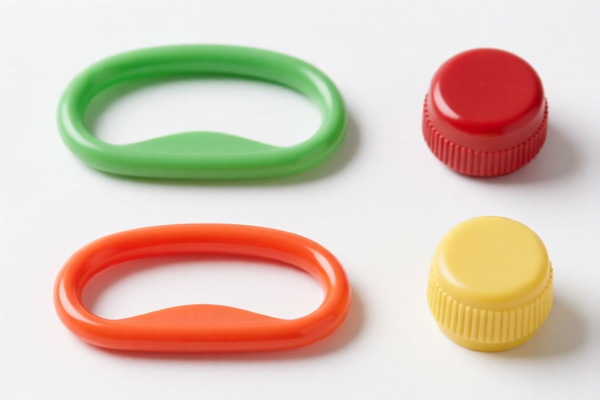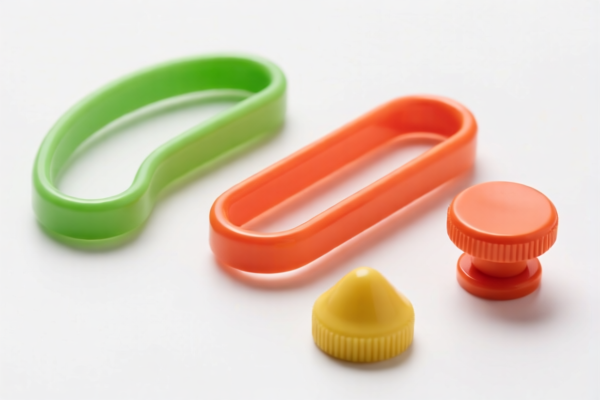| HS Code | Official Doc | Tariff Rate | Origin | Destination | Effective Date |
|---|---|---|---|---|---|
| 5609004000 | Doc | 58.9% | CN | US | 2025-05-12 |
| 5609001000 | Doc | 57.9% | CN | US | 2025-05-12 |
| 5607909000 | Doc | 61.3% | CN | US | 2025-05-12 |
| 5607503500 | Doc | 19.9¢/kg + 10.8%+55.0% | CN | US | 2025-05-12 |
| 6307908940 | Doc | 37.0% | CN | US | 2025-05-12 |
| 6307908945 | Doc | 37.0% | CN | US | 2025-05-12 |
| 6304996040 | Doc | 33.2% | CN | US | 2025-05-12 |
| 6304996030 | Doc | 33.2% | CN | US | 2025-05-12 |




Decorative Lanyard
A decorative lanyard is a cord or ribbon worn around the neck or wrist, primarily for ornamental or fashion purposes, though it may also serve a functional role in holding small items. Unlike utility lanyards designed for security or identification, decorative lanyards emphasize aesthetics over practicality.
Material
Decorative lanyards are constructed from a wide variety of materials, influencing their appearance, durability, and price point. Common materials include:
- Polyester: A cost-effective and durable synthetic fiber, often used for printed designs.
- Nylon: Stronger and more flexible than polyester, suitable for intricate patterns and higher wear.
- Cotton: Provides a soft, natural feel and readily accepts dyes for vibrant colors, but less durable than synthetics.
- Silk: A luxurious option known for its smooth texture and sheen.
- Satin: Offers a glossy, elegant appearance.
- Ribbon: Available in various fabrics (e.g., grosgrain, polypropylene) and colors, often used for simpler designs.
- Beads: Glass, plastic, metal, or wooden beads are frequently incorporated for embellishment.
- Metal Chains: Used for a more robust and often higher-end look.
Purpose
The primary purpose of a decorative lanyard is aesthetic expression. They are used to:
- Enhance personal style: Complement outfits or showcase interests.
- Display fandom or affiliation: Featuring logos, characters, or symbols.
- Serve as a fashion accessory: A statement piece or subtle addition to an ensemble.
- Hold small items (secondary): Keys, ID badges (though not the primary function), or charms.
Function
The function is primarily ornamental. However, they can also provide a minor level of utility:
- Item Retention: Preventing the loss of small, frequently used objects.
- Quick Access: Allowing easy retrieval of keys or badges.
- Decorative Attachment: Serving as a base for charms, pendants, or other accessories.
Usage Scenarios
- Casual Wear: Adding flair to everyday outfits.
- Events & Festivals: Displaying event passes or expressing personal style.
- School & University: Holding student IDs or showcasing school spirit.
- Conventions & Trade Shows: Displaying badges and affiliation.
- Gift-Giving: Personalized lanyards as unique presents.
Common Types
- Printed Lanyards: Polyester or nylon lanyards with custom-printed designs.
- Woven Lanyards: Designs are woven directly into the fabric, offering higher detail and durability.
- Beaded Lanyards: Incorporate beads in various patterns and colors.
- Braided Lanyards: Created by interlacing strands of material.
- Ribbon Lanyards: Simple lanyards made from ribbon.
- Breakaway Lanyards: Feature a safety breakaway clasp, preventing choking hazards.
- Charm Lanyards: Designed to hold multiple charms or pendants.
- Metal Chain Lanyards: Constructed from metal chains, often with decorative clasps.
Decorative lanyards fall under several potential classifications depending on their material and specific composition. Here's a breakdown of relevant HS codes based on the provided information:
- 5609004000: This code covers articles of yarn, strip or the like of heading 5404 or 5405, twine, cordage, rope or cables, not elsewhere specified or included: Other. This could apply if the lanyard is constructed from these types of yarns or cords and doesn’t fit into more specific categories. The total tax rate is 58.9% (3.9% base tariff, 25.0% additional tariff, and 30.0% additional tariff after April 2, 2025).
- 5609001000: This code covers articles of yarn, strip or the like of heading 5404 or 5405, twine, cordage, rope or cables, not elsewhere specified or included: Of cotton. If the lanyard is made of cotton yarn or cord, this code is applicable. The total tax rate is 57.9% (2.9% base tariff, 25.0% additional tariff, and 30.0% additional tariff after April 2, 2025).
- 5607909000: This code covers twine, cordage, ropes and cables, whether or not plaited or braided and whether or not impregnated, coated, covered or sheathed with rubber or plastics: Other: Other. This applies to lanyards made of these materials that don’t fall into more specific categories. The total tax rate is 61.3% (6.3% base tariff, 25.0% additional tariff, and 30.0% additional tariff after April 2, 2025).
- 5607503500: This code covers twine, cordage, ropes and cables, whether or not plaited or braided and whether or not impregnated, coated, covered or sheathed with rubber or plastics: Of other synthetic fibers: Not braided or plaited: Other. If the lanyard is made of synthetic fibers and is not braided or plaited, this code is applicable. The total tax rate is 19.9¢/kg + 10.8% + 55.0%.
- 6307908940: This code covers other made up articles, including dress patterns: Other: Surgical towels; cotton towels of pile or tufted construction; pillow shells, of cotton; shells for quilts, eiderdowns, comforters and similar articles of cotton Cotton towels of pile or tufted construction. While seemingly unrelated, if the lanyard incorporates cotton towels of pile or tufted construction, this code might be relevant. The total tax rate is 37.0% (7.0% base tariff, 0.0% additional tariff, and 30.0% additional tariff after April 2, 2025).
- 6307908945: This code covers other made up articles, including dress patterns: Other: Surgical towels; cotton towels of pile or tufted construction; pillow shells, of cotton; shells for quilts, eiderdowns, comforters and similar articles of cotton Pillow shells, of cotton. Similar to the previous code, this applies if the lanyard incorporates cotton pillow shells. The total tax rate is 37.0% (7.0% base tariff, 0.0% additional tariff, and 30.0% additional tariff after April 2, 2025).
It is important to determine the lanyard’s exact material composition to select the correct HS code.
Customer Reviews
No reviews yet.